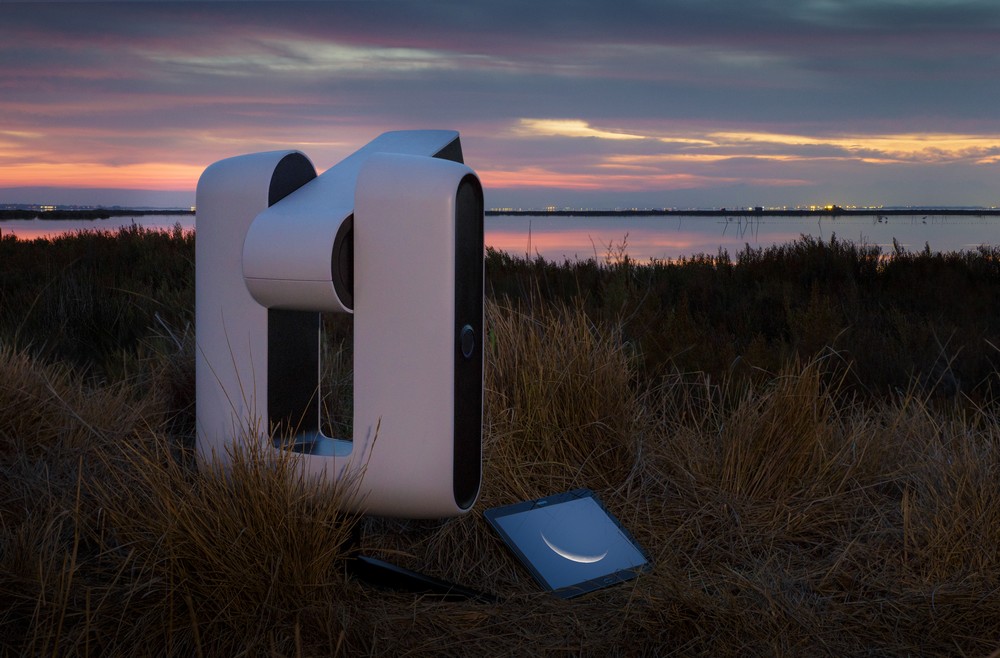Vespera, a smart telescope to make astrophotography easier, nabs CES 2021 Innovation Award
A new smart telescope from Vaonis is about to make astrophotography more accessible than ever.
Vaonis, a French startup that raised eyebrows in 2018 when it debuted the pricey, sci-fi robot-looking Stellina smart telescope, has revealed its latest newbie-friendly astrophotography invention: Vespera, a smaller, lighter and more affordable version of Stellina. This week, Vespera received the CES 2021 Best of Innovation Award for digital imaging and photography at the annual Consumer Electronics Show.
"Vespera is an amazing next step for Vaonis. It will take their amazing technology that allows anyone to observe deep-sky objects like galaxies and nebulas and make it accessible and affordable for everyone," former NASA Astronaut and Vaonis ambassador Terry Virts said in a statement emailed to Space.com.
Best telescopes 2021: Top picks for beginners, viewing planets and more
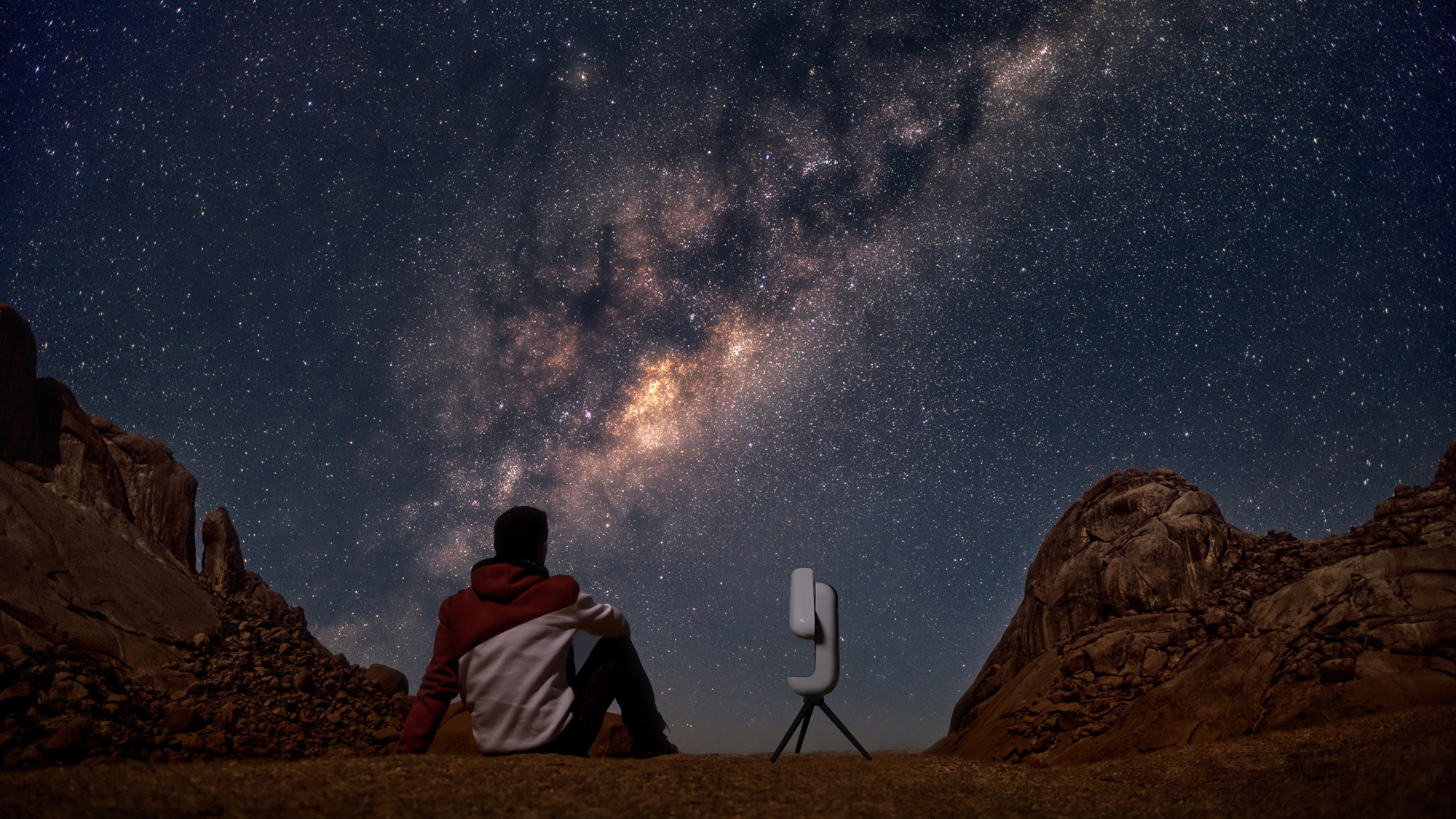
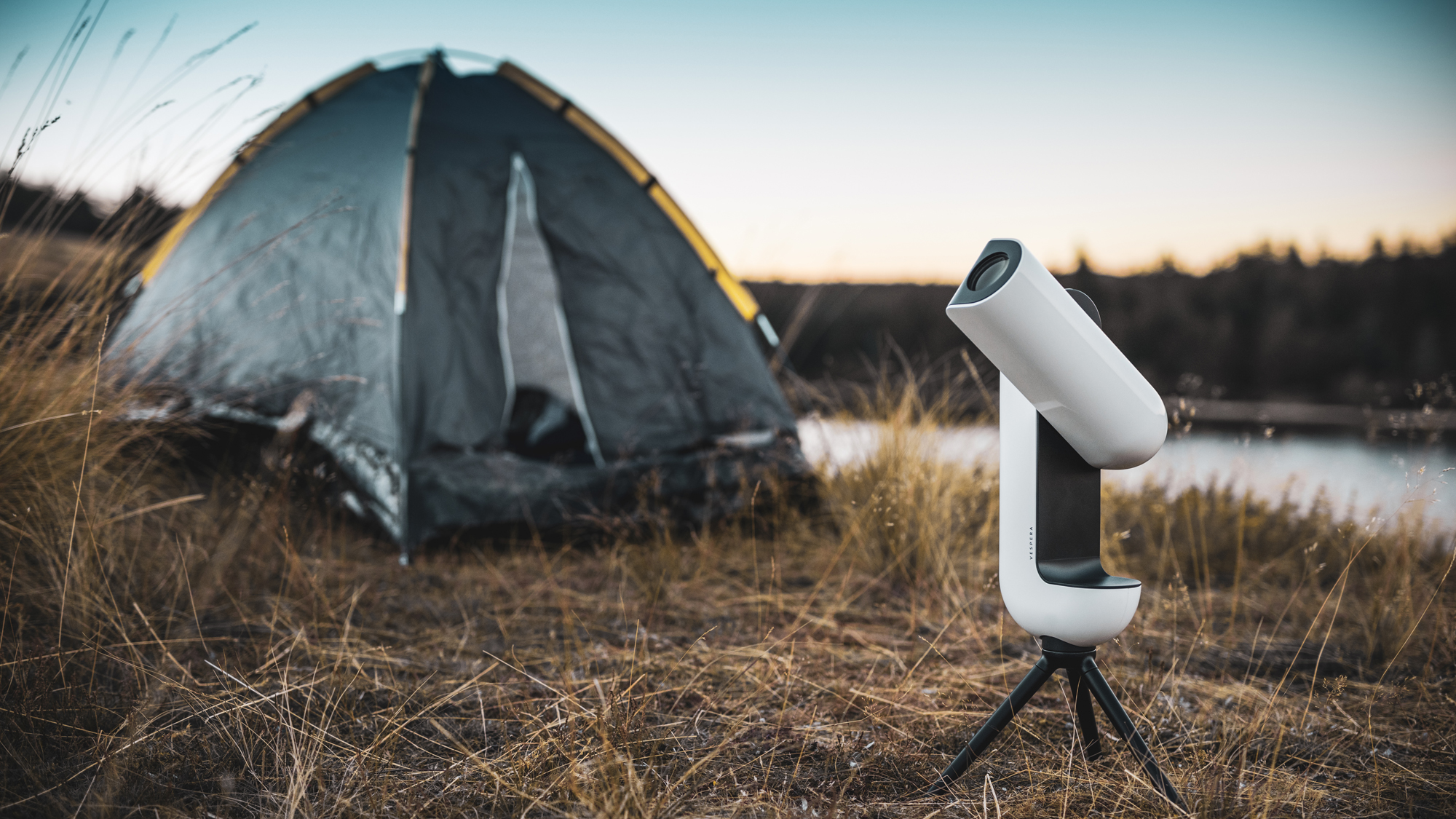
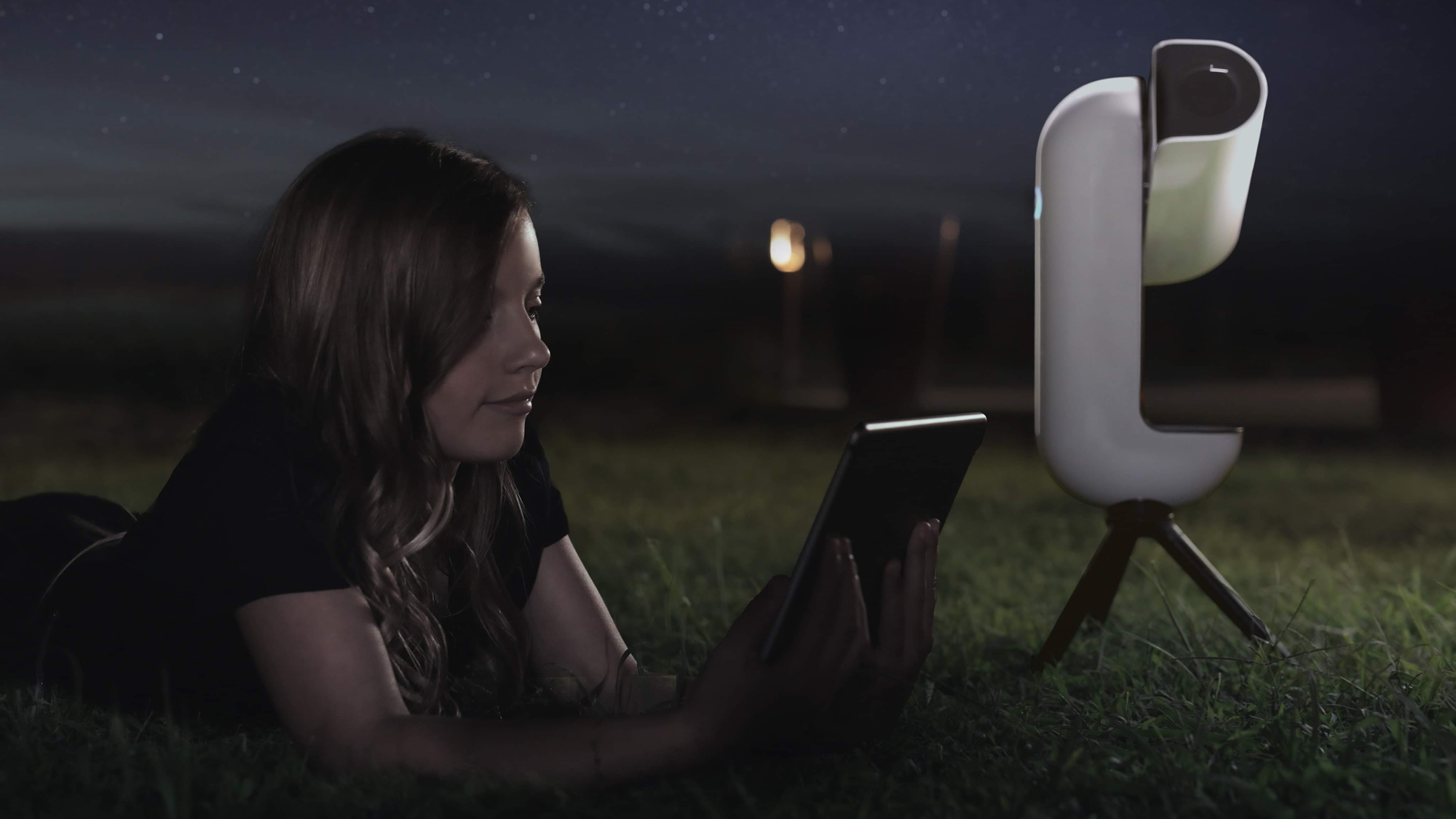


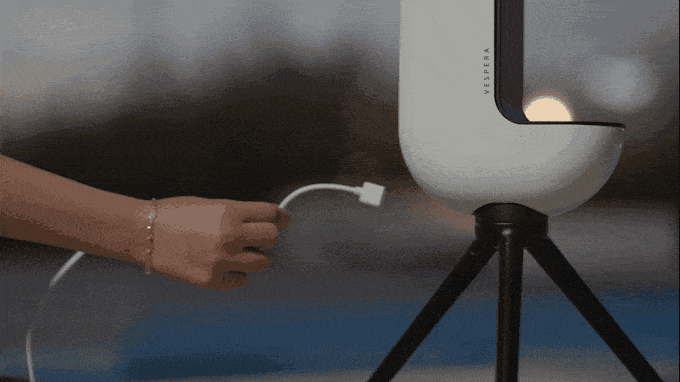

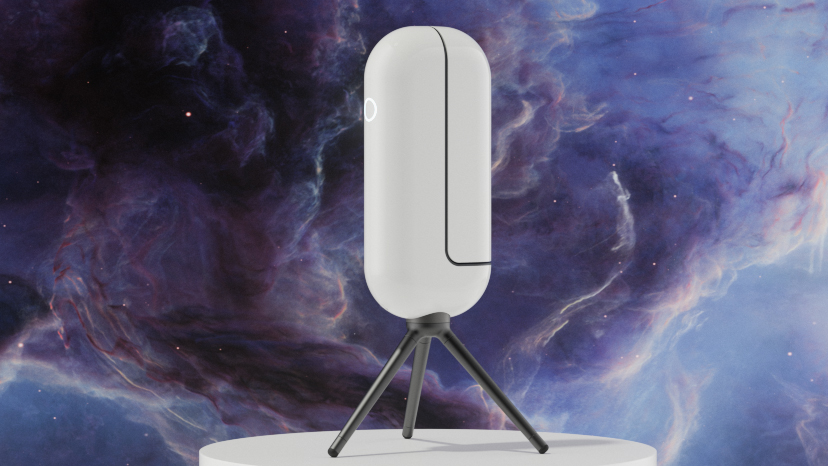
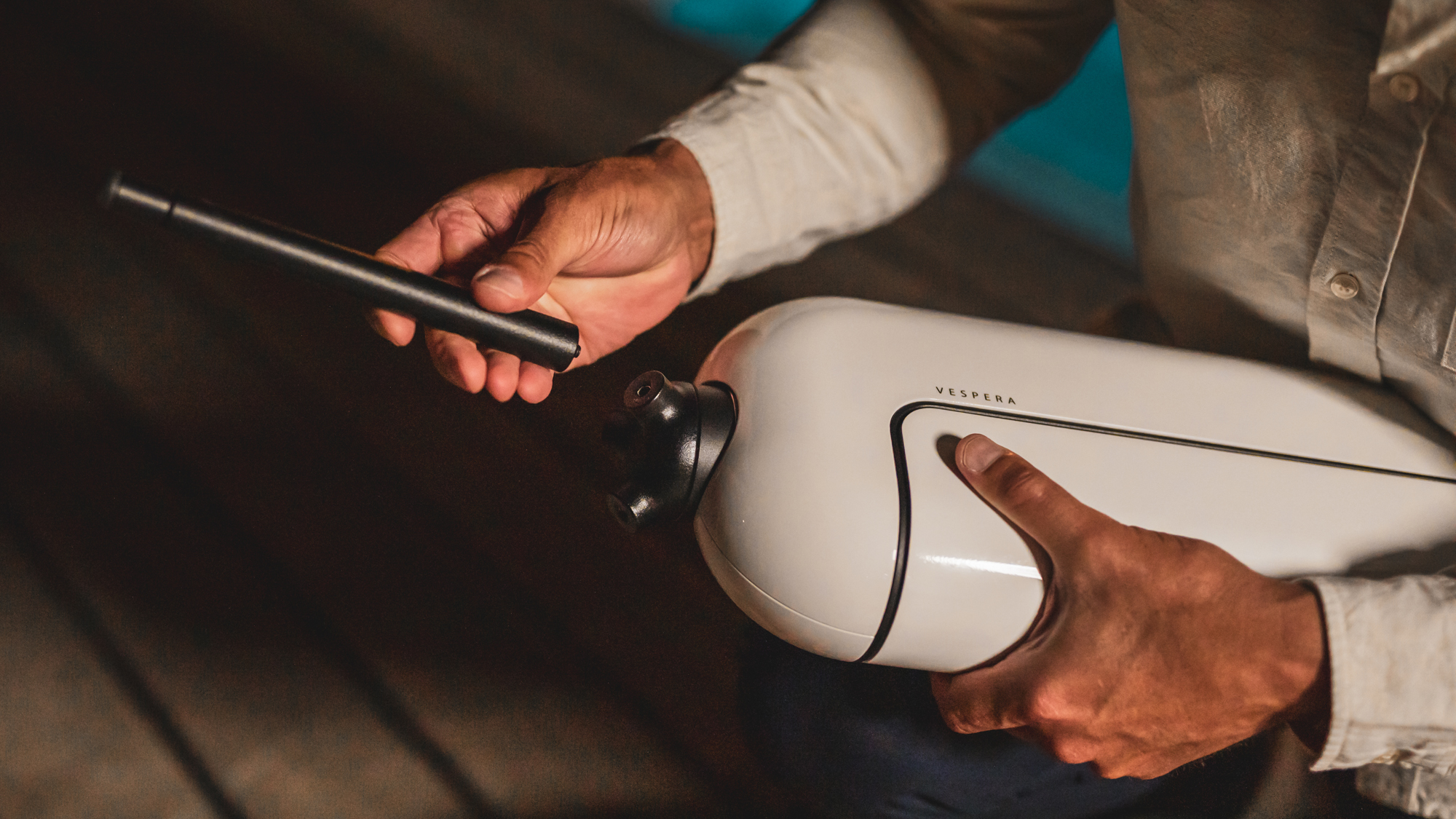

In lieu of an eyepiece, both Vespera and Stellina display images on a mobile device, and the telescopes are controlled via a mobile app. Because they use your smartphone's GPS to calibrate themselves, these telescopes require virtually no setup at all, making them easy to use for casual stargazers looking for a hassle-free way to see deep-space objects like nebulas, galaxies and star clusters.
Vespera (a name that means "evening" in Latin) has the same sleek, futuristic design as its larger counterpart, but it's more compact and less than half the weight. It stands 15 inches (40 centimeters) tall, just 4 inches (9 cm) shorter than Stellina.
Both Vespera and Stellina use refractor lenses, but Vespera has a smaller aperture of 2 inches (50 mm) and focal ratio of f/4, compared to Stellina's 3-inch (80 mm) f/5 aperture. The image resolution is also slightly reduced, with 2 megapixels as opposed to Stellina's 6.4 megapixels.
Breaking space news, the latest updates on rocket launches, skywatching events and more!
Related: Stellina smart telescope makes astrophotography a breeze: review
| Header Cell - Column 0 | Vespera | Stellina |
|---|---|---|
| Price | $1,499 | $3,999 |
| Weight | 11 lbs. (5 kg) | 24.7 lbs. (11.2 kg) |
| Height | 15 inches (40 cm) | 19 inches (49 cm) |
| Aperture | 2 inches (50 mm) | 3 inches (80 mm) |
| Focal length | 8 inches (200 mm) | 16 inches (400 mm) |
| Focal ratio | f/4 | f/5 |
| Field of view | 1.6 × 0.9 degrees | 1.0 × 0.7 degrees |
| Resolution | 1,920 × 1,080 (2 megapixels) | 3,072 × 2,080 (6.4 megapixels) |
| Battery life | 4 hours | 5 hours |
While Vespera does compromise some of its capabilities for the smaller, more affordable design, the image quality is still pretty decent compared to Stellina's images. While it may not be suited for professional astrophotography, Vespera offers pretty nice views of the night sky.
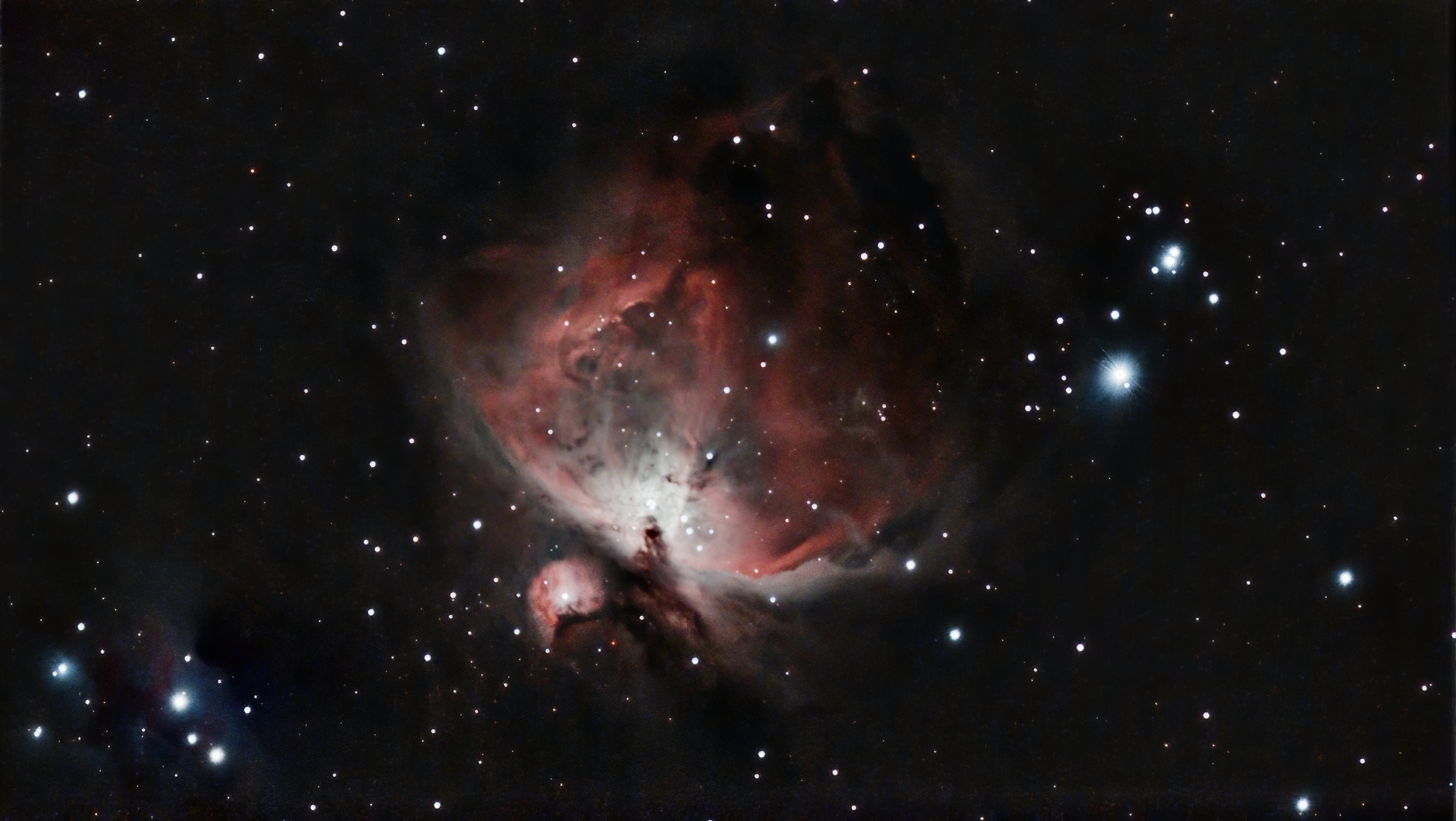
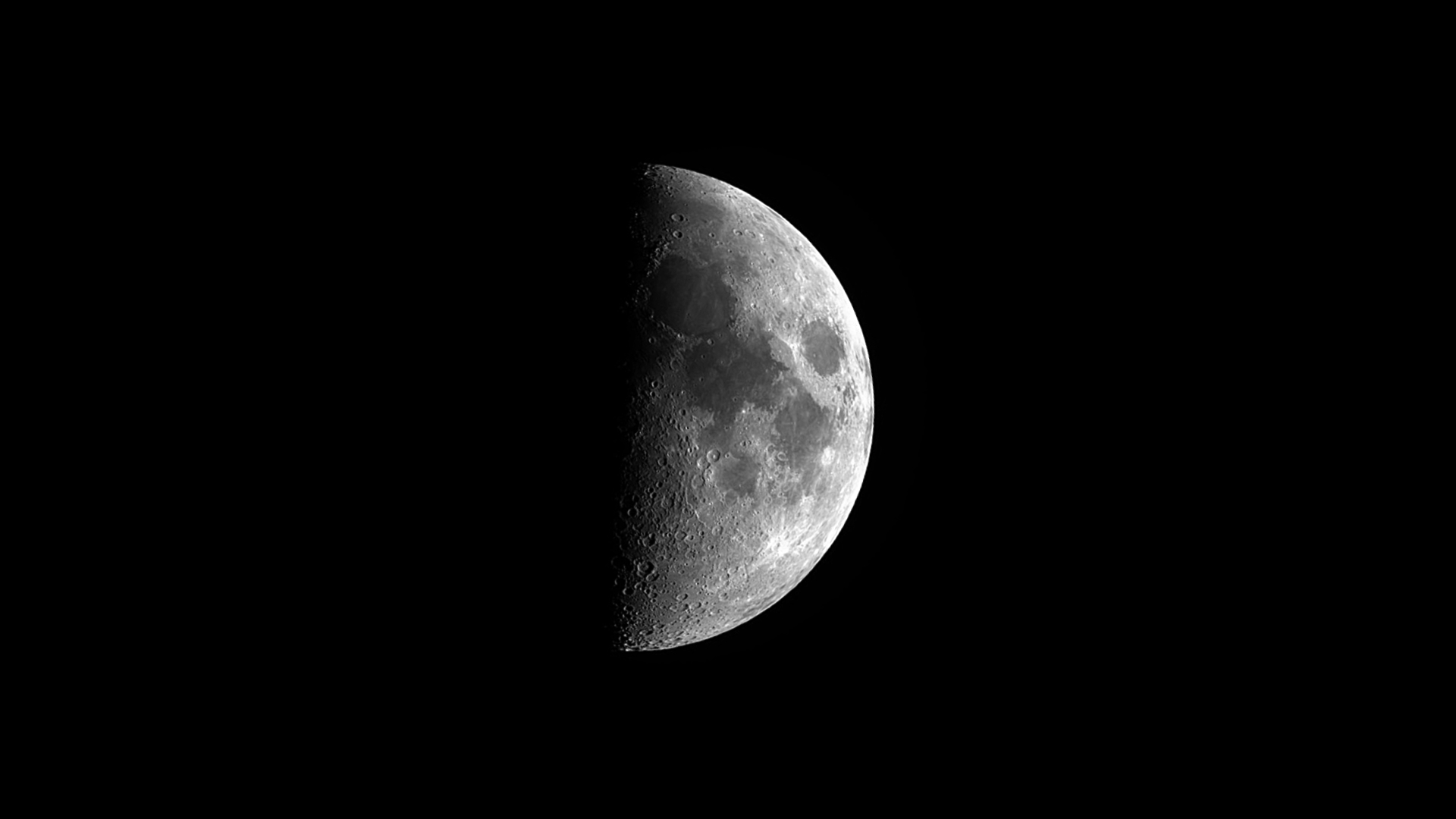
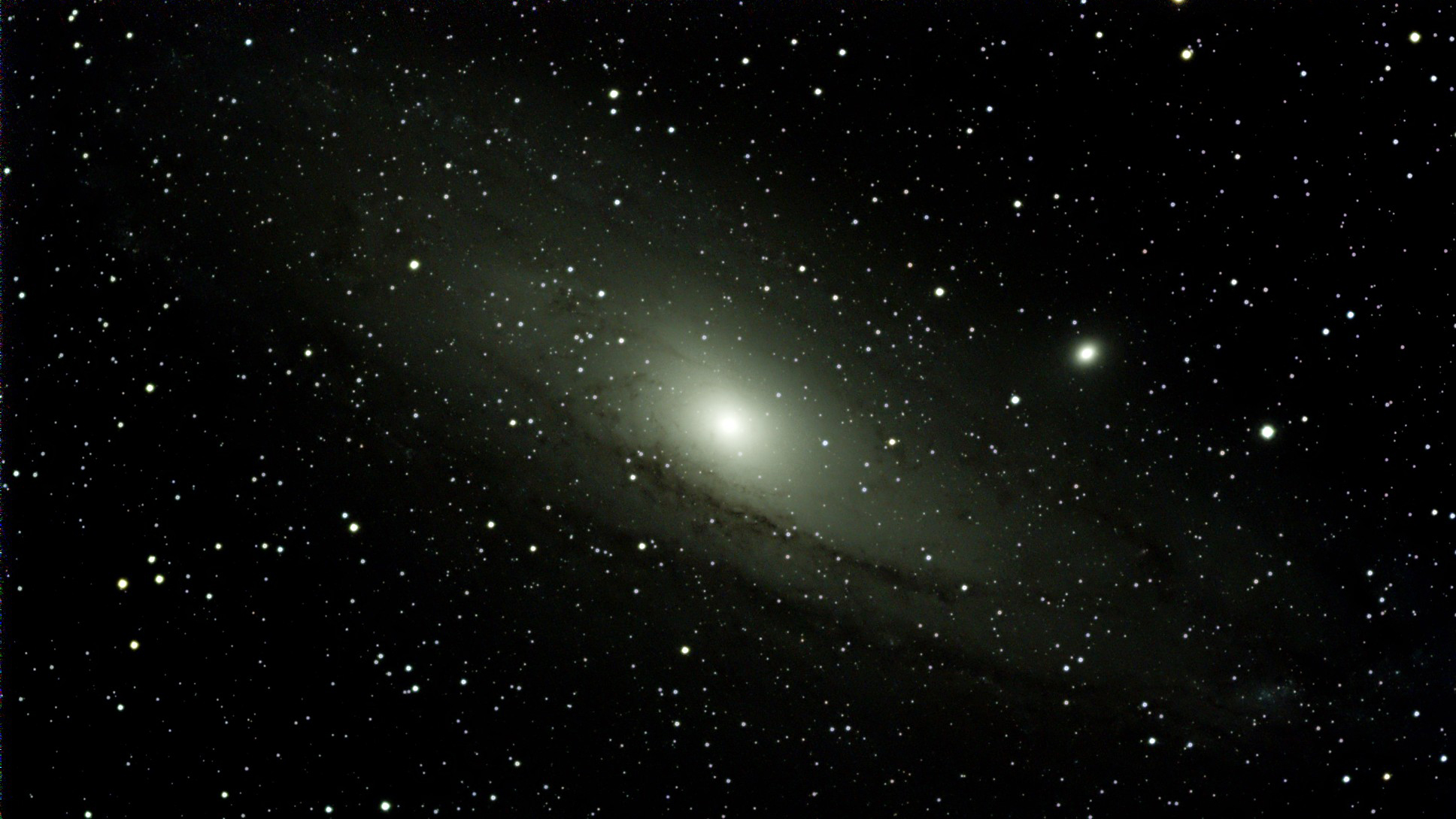
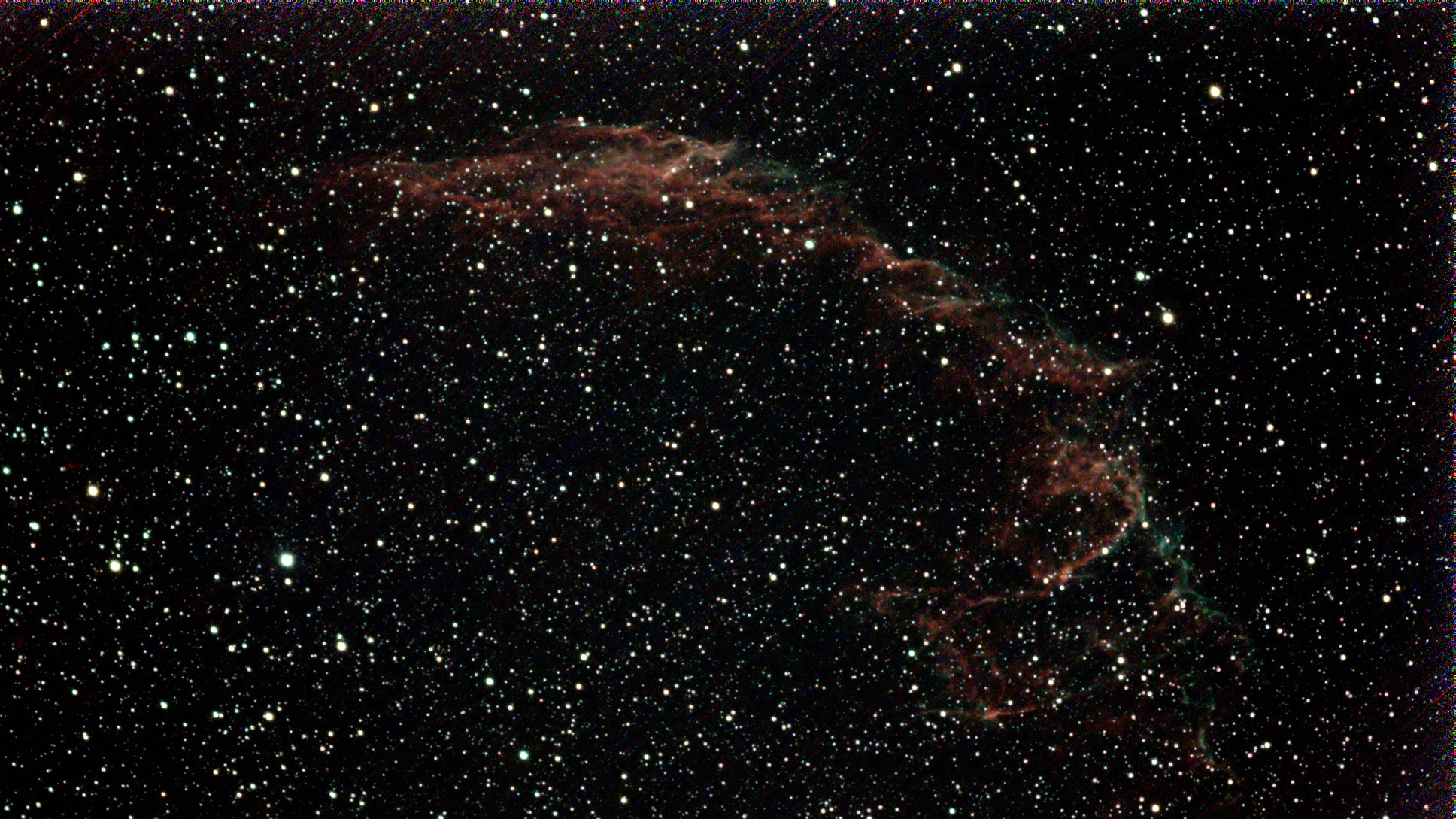
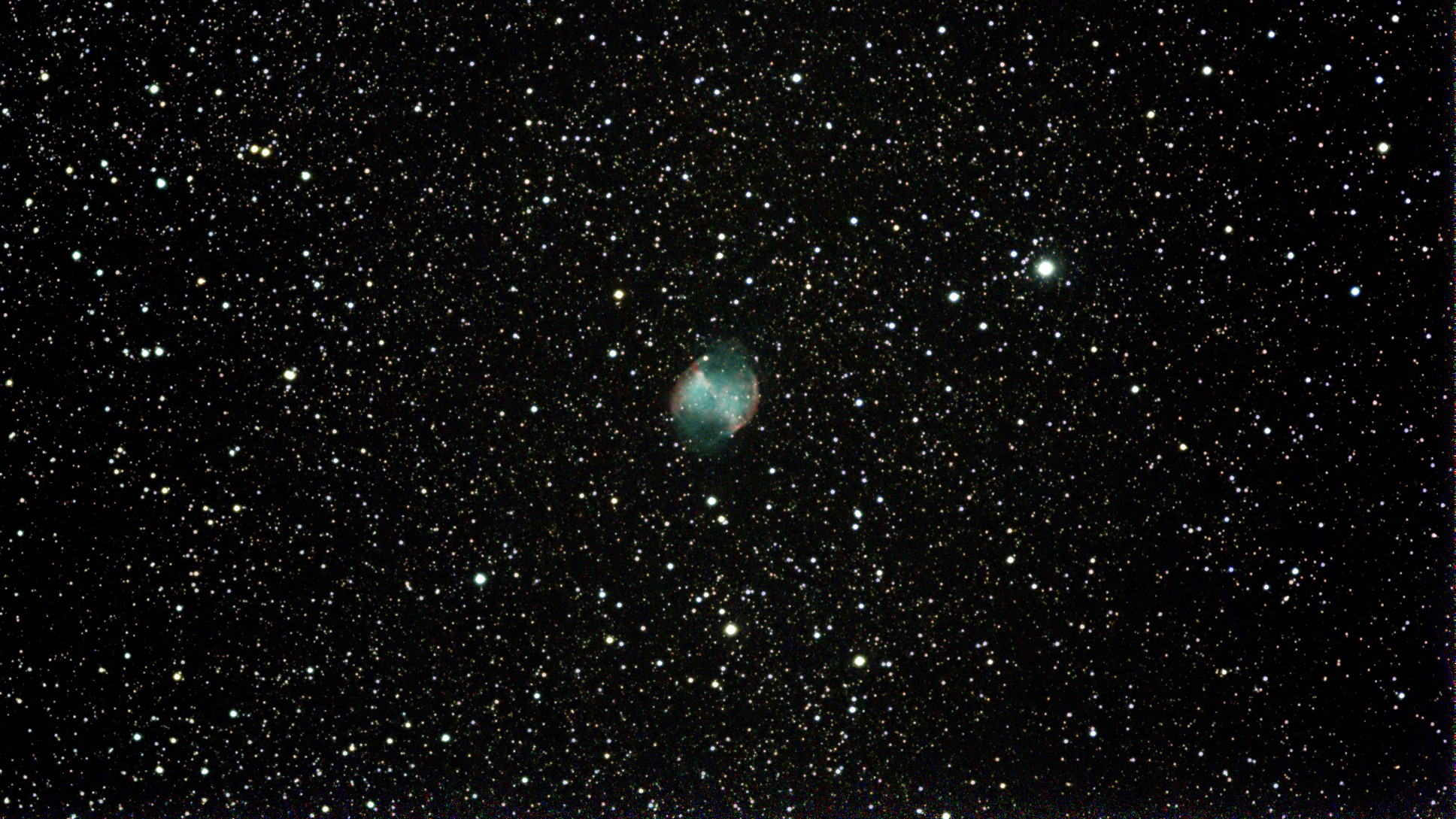
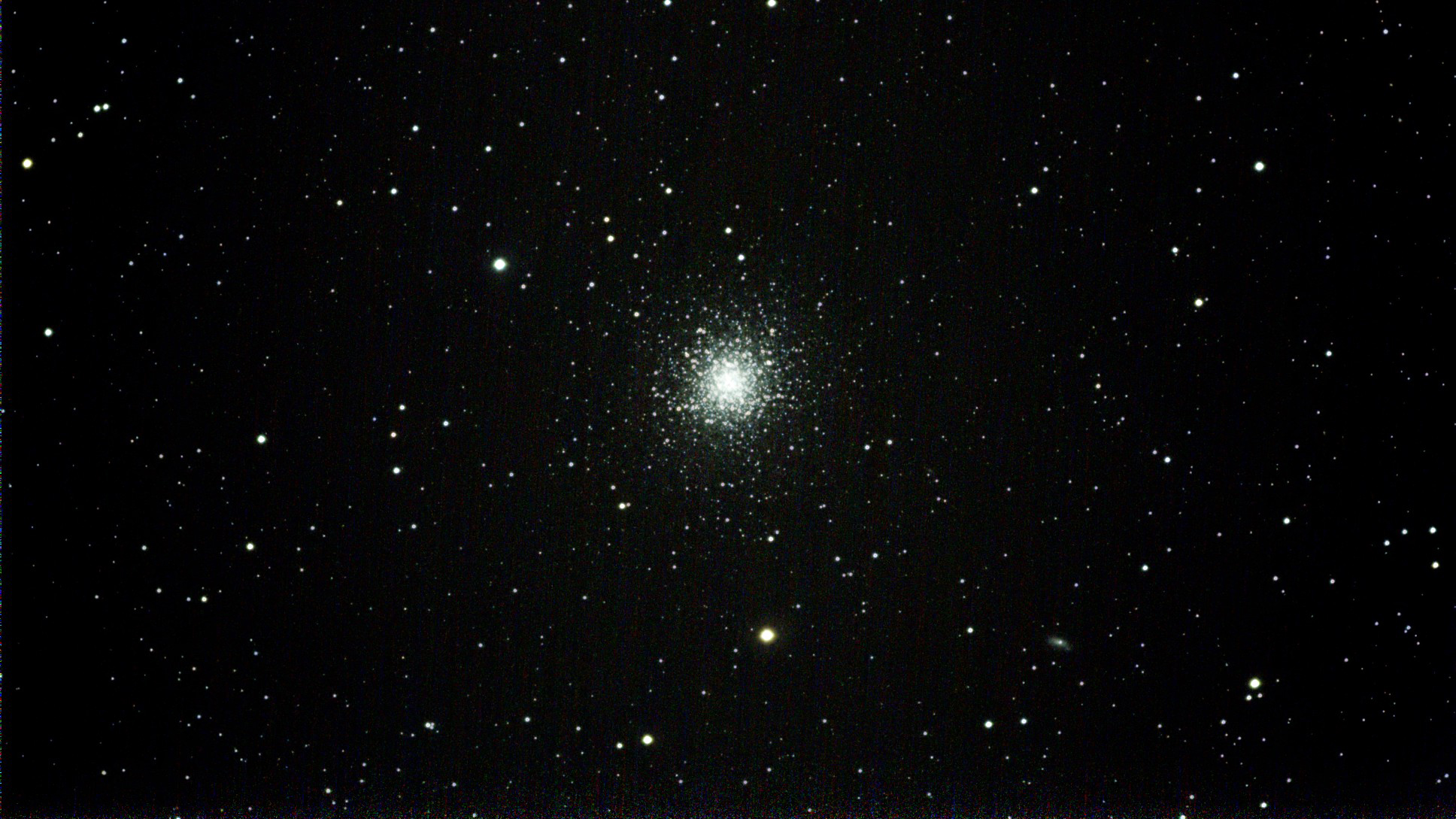
Vespera is currently available for preorder at $1,499, or about one-third the hefty price of Stellina, which costs $3,999. Vaonis expects to start shipping Vesperas in the spring of 2022. The smart telescope raised more than $2.5 million on Kickstarter in 2020.
Email Hanneke Weitering at hweitering@space.com or follow her on Twitter @hannekescience. Follow us on Twitter @Spacedotcom and on Facebook.

Hanneke Weitering is a multimedia journalist in the Pacific Northwest reporting on the future of aviation at FutureFlight.aero and Aviation International News and was previously the Editor for Spaceflight and Astronomy news here at Space.com. As an editor with over 10 years of experience in science journalism she has previously written for Scholastic Classroom Magazines, MedPage Today and The Joint Institute for Computational Sciences at Oak Ridge National Laboratory. After studying physics at the University of Tennessee in her hometown of Knoxville, she earned her graduate degree in Science, Health and Environmental Reporting (SHERP) from New York University. Hanneke joined the Space.com team in 2016 as a staff writer and producer, covering topics including spaceflight and astronomy. She currently lives in Seattle, home of the Space Needle, with her cat and two snakes. In her spare time, Hanneke enjoys exploring the Rocky Mountains, basking in nature and looking for dark skies to gaze at the cosmos.
